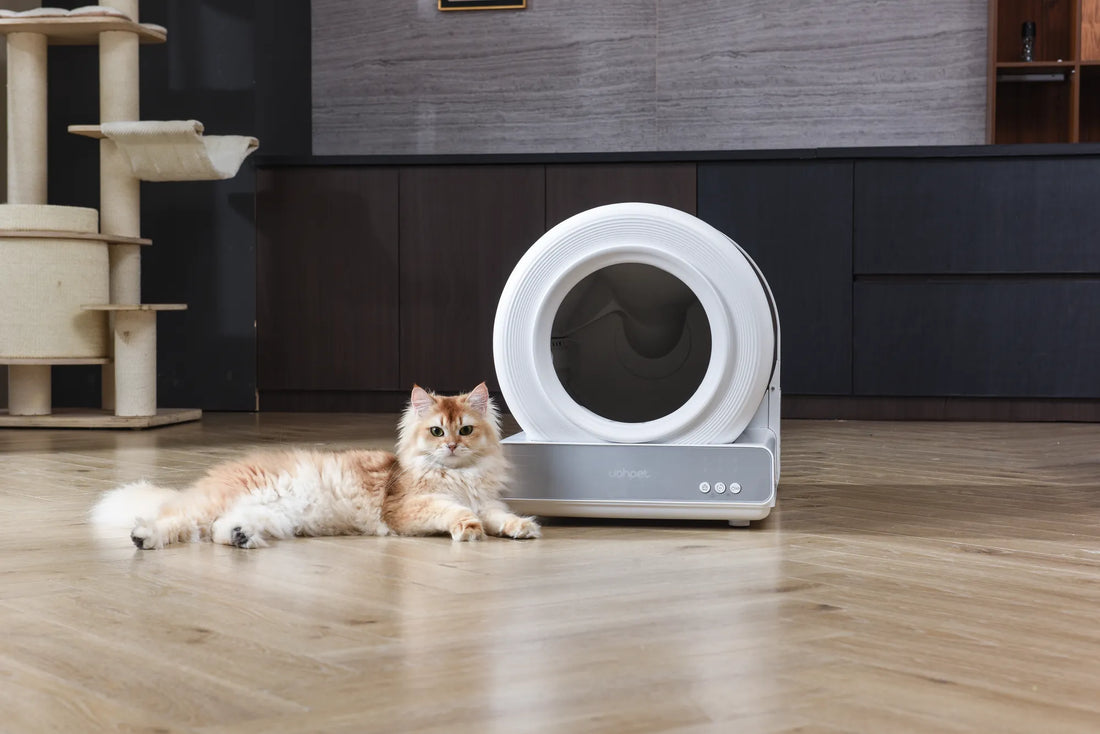Have you ever opened your cat litter box only to find a swarm of gnats buzzing around? It’s not only unpleasant but also raises questions about hygiene and your pet’s health. Gnats in the litter box are a common issue that many cat owners face, and understanding why they appear is the first step to solving the problem.
What Attracts Gnats to the Cat Litter Box?
Gnats are tiny flying insects that are drawn to moisture, organic matter, and certain odors. Your cat’s litter box can be a prime target for these pests if it’s not maintained properly. Here are the main reasons why gnats might be invading your cat’s litter box:
- Moisture: Gnats thrive in damp environments. If the litter box is not cleaned regularly, urine and feces can create a moist environment that attracts these pests.
- Organic Matter: Cat waste is rich in organic material, which serves as a food source for gnats. Even small amounts of waste left in the litter box can be enough to draw them in.
- Odors: The smell of cat urine and feces can be a strong attractant for gnats. If the litter box isn’t cleaned frequently, the odors can become more pronounced, making it even more appealing to these insects.
How to Prevent Gnats from Invading the Litter Box
Preventing gnats from taking over your cat’s litter box requires a combination of good hygiene practices and proactive measures. Here are some effective strategies to keep gnats at bay:
- Clean the Litter Box Regularly: Scoop out waste daily and replace the litter entirely at least once a week. This will remove the moisture and organic matter that gnats are attracted to.
- Use a Covered Litter Box: A covered litter box can help contain odors and make it harder for gnats to access the litter. Make sure the cover has ventilation to prevent the buildup of ammonia fumes.
- Choose the Right Litter: Some types of litter are better at controlling odors and moisture than others. Consider using clumping litter or litter with odor-neutralizing properties.
- Keep the Area Dry: Wipe down the area around the litter box regularly to remove any spills or moisture. You can also place a mat under the litter box to catch any stray litter or moisture.
- Use Natural Repellents: Certain natural substances, such as vinegar or essential oils, can help repel gnats. Place a small bowl of vinegar near the litter box or use a diffuser with essential oils like eucalyptus or peppermint.
What to Do If Gnats Have Already Infested the Litter Box
If you’ve already noticed gnats in your cat’s litter box, don’t panic. There are several steps you can take to eliminate the infestation and prevent it from happening again:
- Empty and Clean the Litter Box: Start by emptying the litter box completely and scrubbing it with hot, soapy water. Rinse it thoroughly and let it dry before adding fresh litter.
- Dispose of Infested Litter: If the litter is heavily infested, it’s best to dispose of it in a sealed bag to prevent the gnats from spreading.
- Set Up Traps: You can create simple gnat traps using apple cider vinegar or dish soap. Place a small bowl of vinegar mixed with a few drops of dish soap near the litter box. The gnats will be attracted to the vinegar and get trapped in the soapy solution.
- Inspect the Surrounding Area: Check the area around the litter box for any signs of gnats or their breeding sites. Clean up any spills or damp spots that could be attracting them.
Health Risks Associated with Gnats in the Litter Box
While gnats themselves are not typically harmful to cats, their presence in the litter box can indicate underlying issues that could affect your pet’s health. Here are some potential risks to be aware of:
- Bacterial Infections: Gnats can carry bacteria that may contaminate the litter box. If your cat comes into contact with contaminated litter, it could lead to infections or other health problems.
- Stress and Discomfort: A gnat-infested litter box can be stressful for your cat, leading to changes in behavior or litter box avoidance. This can result in accidents outside the box and further hygiene issues.
- Spread of Parasites: In some cases, gnats can act as vectors for parasites that affect cats. Keeping the litter box clean and gnat-free is essential to protect your pet’s health.
Long-Term Solutions to Keep Gnats Away
Preventing gnats from returning to your cat’s litter box requires consistent effort and attention to detail. Here are some long-term solutions to consider:
- Establish a Cleaning Routine: Make cleaning the litter box a regular part of your daily routine. Consistency is key to preventing gnat infestations.
- Monitor Humidity Levels: High humidity can create a favorable environment for gnats. Use a dehumidifier in the area where the litter box is located to keep humidity levels in check.
- Inspect for Leaks: Check for any leaks or sources of moisture near the litter box. Fixing these issues can help reduce the likelihood of gnats returning.
- Educate Yourself: Stay informed about the best practices for maintaining a clean and hygienic litter box. The more you know, the better equipped you’ll be to prevent problems like gnat infestations.
Gnats in the cat litter box can be a nuisance, but with the right approach, you can keep them at bay and ensure a clean, comfortable environment for your pet. By understanding what attracts gnats and taking proactive steps to prevent them, you can protect your cat’s health and maintain a hygienic home. Don’t let these tiny pests take over—take action today to keep your cat’s litter box gnat-free!













